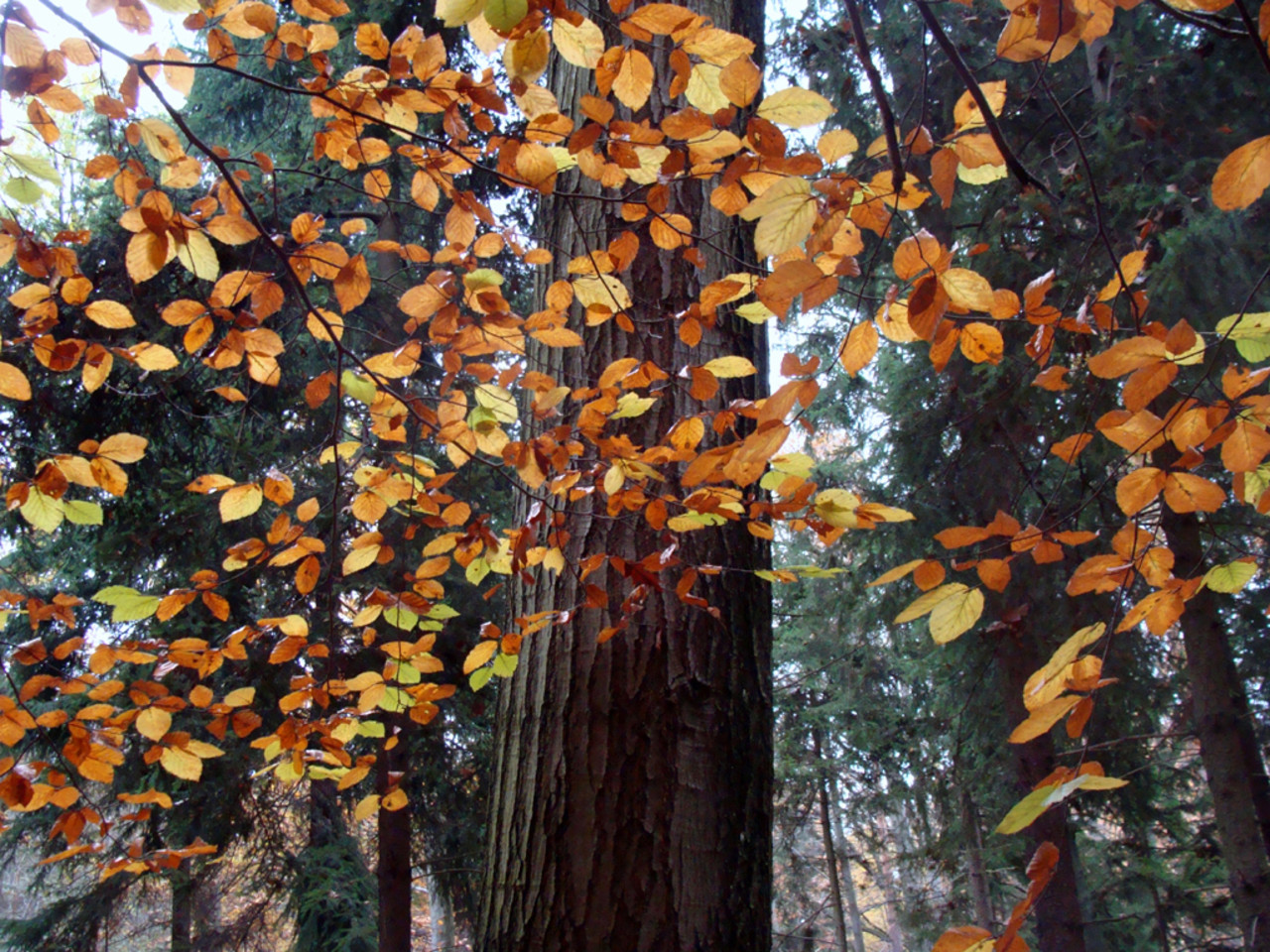Wine Tasting
페이지 정보

본문
Wine Tasting
Do you eat throughout a wine tasting?
During a wine tasting, the query of whether to eat can vary depending on the sort of tasting and personal preferences. Here are some issues:
Reasons to Consider Eating
- Palate Cleansing: Having meals can help cleanse your palate between tastings, allowing you to better appreciate the distinct flavors in every wine.
- Balancing Alcohol: Consuming meals might help take up the alcohol, making the expertise extra gratifying and less overwhelming.
- Enhancing Flavors: Certain foods can complement and enhance the flavors of the wines being tasted, resulting in a more participating experience.
Types of Foods to Pair
- Cheese: A traditional pairing that can bring out the nuances in purple and white wines.
- Charcuterie: Meats can add depth and complexity to your tasting experience.
- Fresh Fruits: Fruits like grapes, apples, or berries can serve as a refreshing palate cleanser.
In summary, while it isn't obligatory to eat throughout a wine tasting, it can enhance the overall experience. Whether you select to snack flippantly or take pleasure in a full meal, the secret is to search out what works greatest for you.
What are the processing steps of wine?
The processing steps of wine involve several key phases that remodel grapes into the final product. Here is an outline of those steps:
1. Harvesting: Grapes are picked from the vineyard at their optimal ripeness. This could be carried out by hand or utilizing mechanical harvesters.
2. Crushing: The harvested grapes are crushed to release their juice. This may be accomplished utilizing traditional strategies or trendy machinery.
3. Fermentation: The juice is transferred to fermentation vessels, where yeast is added. This yeast converts the sugars in the grape juice into alcohol and carbon dioxide. Fermentation can last from a number of days to several weeks.
4. Clarification: After fermentation, the wine is clarified to take away any solids and sediment. This can be achieved via natural settling, filtration, or centrifugation.
5. Aging: The clarified wine is aged in varied containers, similar to chrome steel tanks or oak barrels. Aging allows the wine to develop extra complicated flavors and aromas over time.
6. Bottling: Once the desired characteristics are achieved, the wine is bottled. This course of typically includes additional filtration and the addition of sulfur dioxide to preserve the wine's quality.
7. Labeling: Finally, bottles are labeled, providing necessary details about the wine, 하이오피사이트 together with the sort, origin, and classic.
Each step within the processing of wine performs an important role in shaping the final product, contributing to its unique taste, aroma, and total character.
What are the steps of wine tasting?
Wine tasting is a sensory experience that involves a number of steps to completely appreciate the wine's traits. Here are the key steps to comply with:
1. Observe
Start by inspecting the wine's look. Hold the glass towards a white background to watch its color and readability. Look for details similar to:
- Color: Note the hue, intensity, and any variations.
- Clarity: Check if it's clear or has sediments.
2. Swirl
Gently swirl the wine in your glass. This action releases the wine's aromas. Swirling will increase the floor space and helps to oxygenate the wine.
3. Smell
Bring the glass to your nostril and take a deep inhale. Identify the assorted aromas that you can detect. You may find:
- Fruity scents: Such as berries, citrus, or stone fruits.
- Floral notes: Like rose or jasmine.
- Earthy undertones: Such as minerality or spices.
4. Taste
Take a small sip and let it roll over your palate. Consider the next attributes:
- Sweetness: Is the wine dry, off-dry, or sweet?
- Acidity: Does it have a refreshing tartness?
- Tannins: Are they gentle or astringent?
- Body: Is the wine gentle, medium, or full-bodied?
5. Finish
Observe the aftertaste after swallowing the wine. Consider how lengthy the flavors linger and whether they are pleasant. A long, expressive finish is usually a sign of a high-quality wine.

6. Reflect
Finally, take a moment to replicate in your total expertise. Consider how the wine's appearance, aroma, style, and end combine to create your impression. You might need to jot down your ideas or scores for future reference.
Following these steps will enhance your wine tasting expertise and deepen your appreciation for various wines.
- 이전글Burlesque Show 24.12.18
- 다음글Romantic Evening 24.12.18
댓글목록
등록된 댓글이 없습니다.

